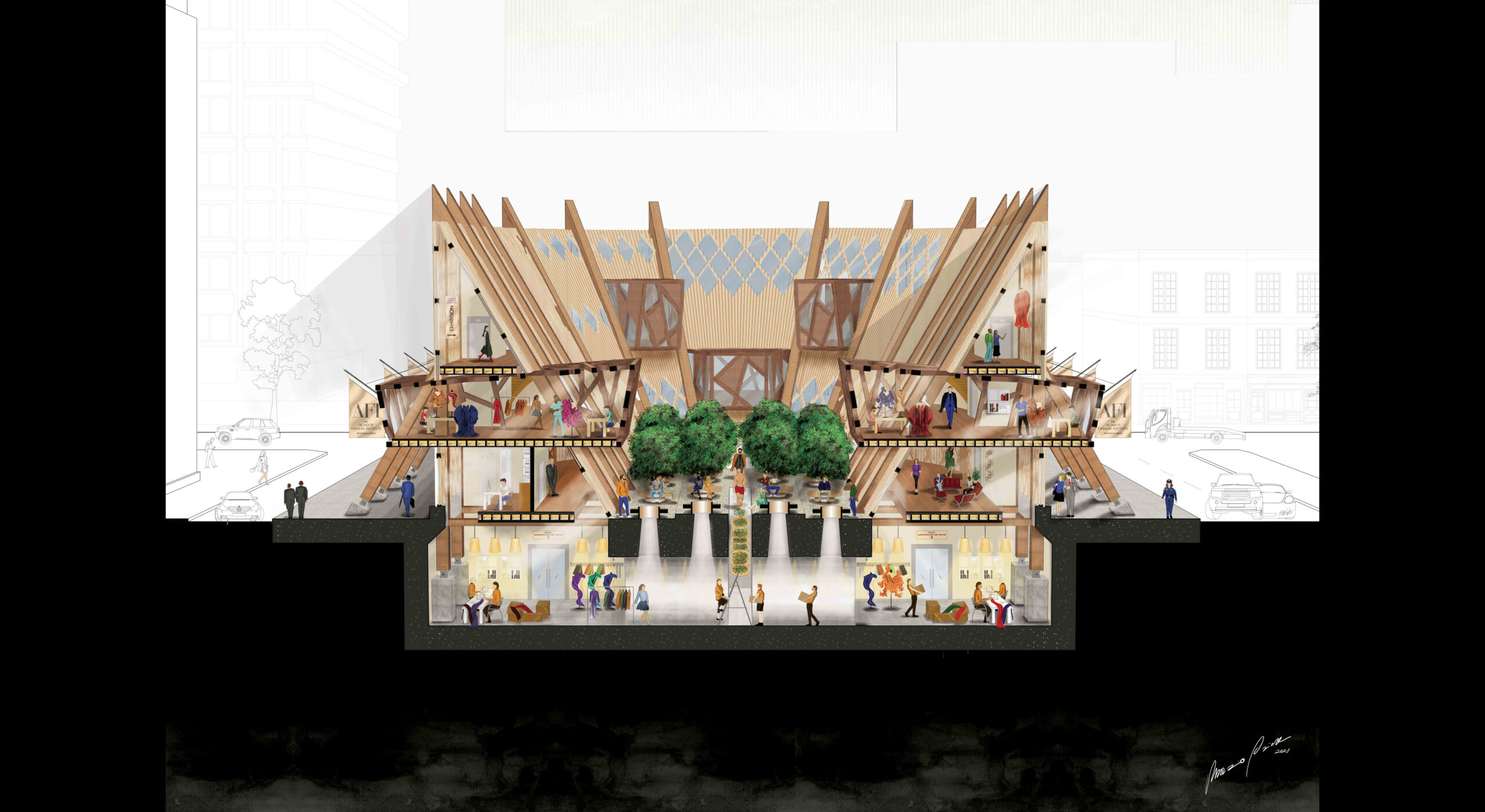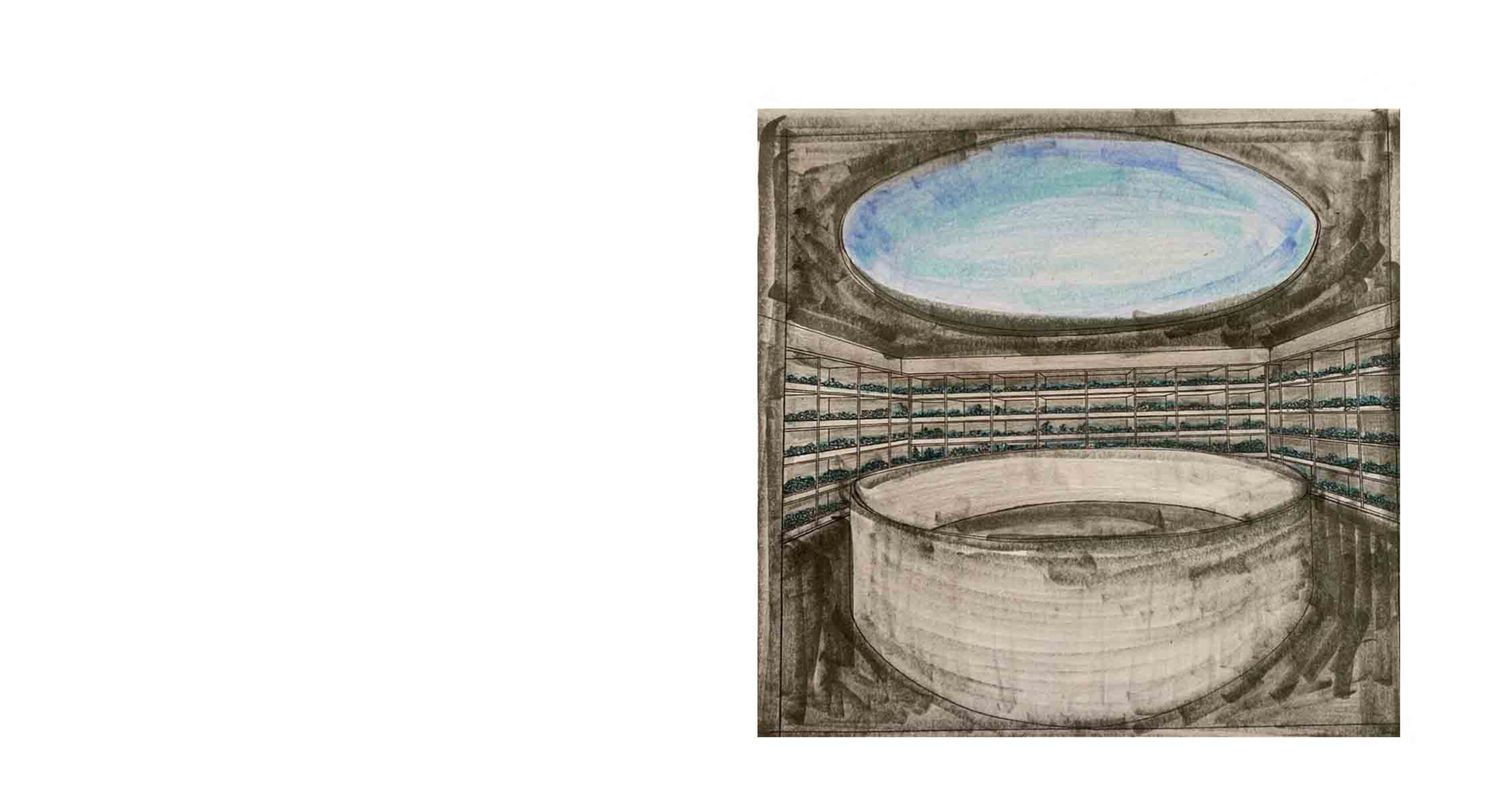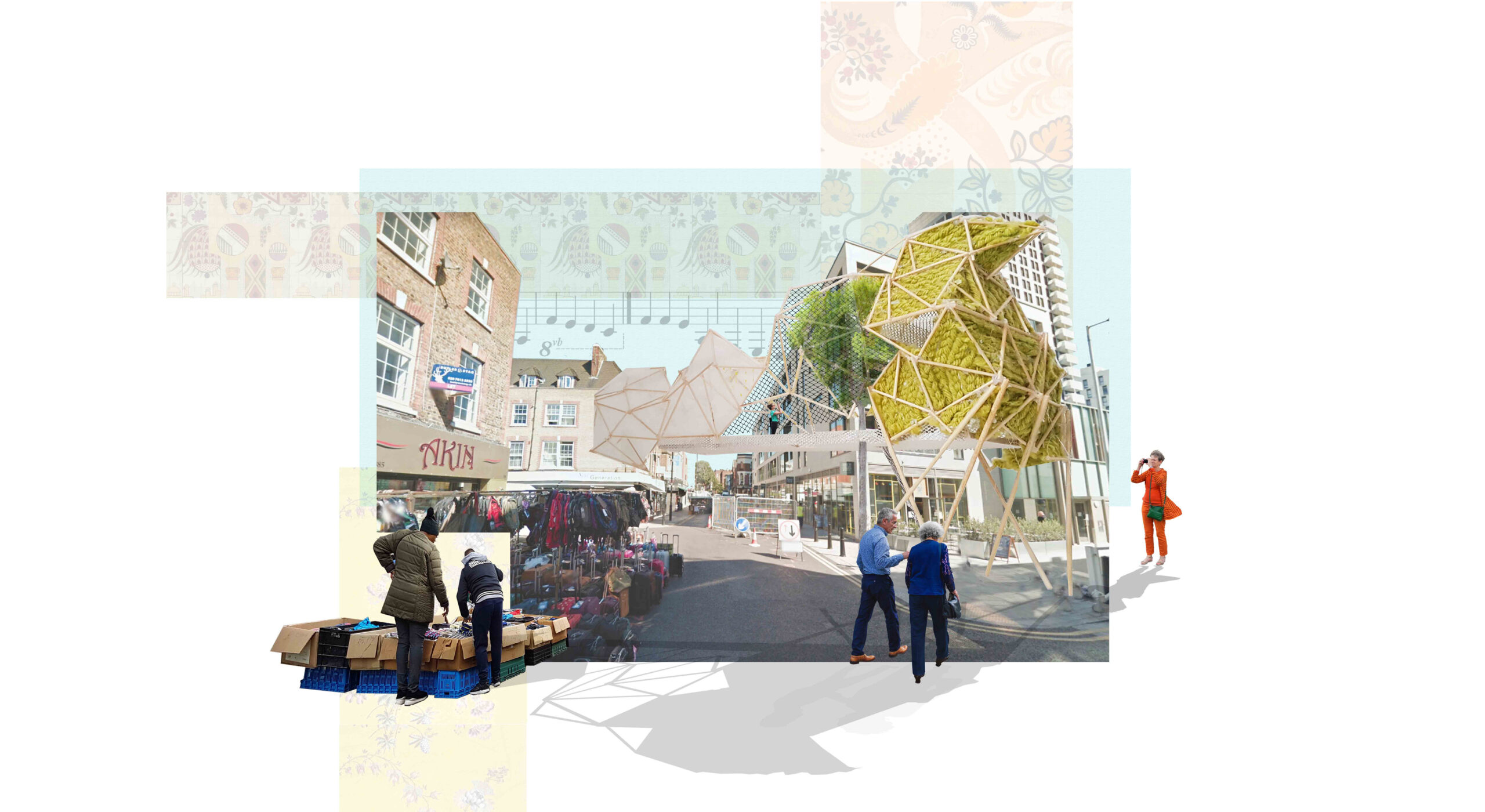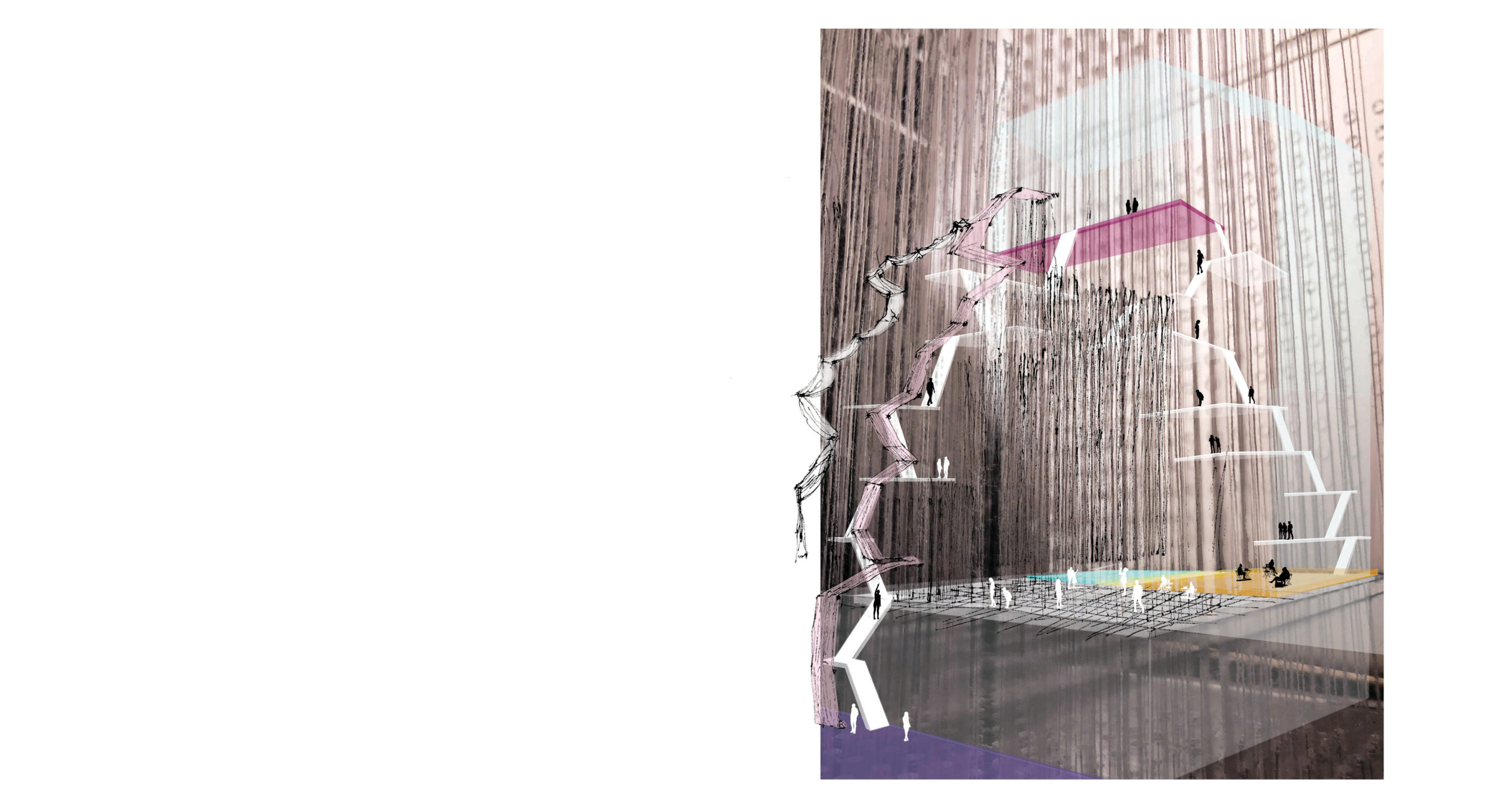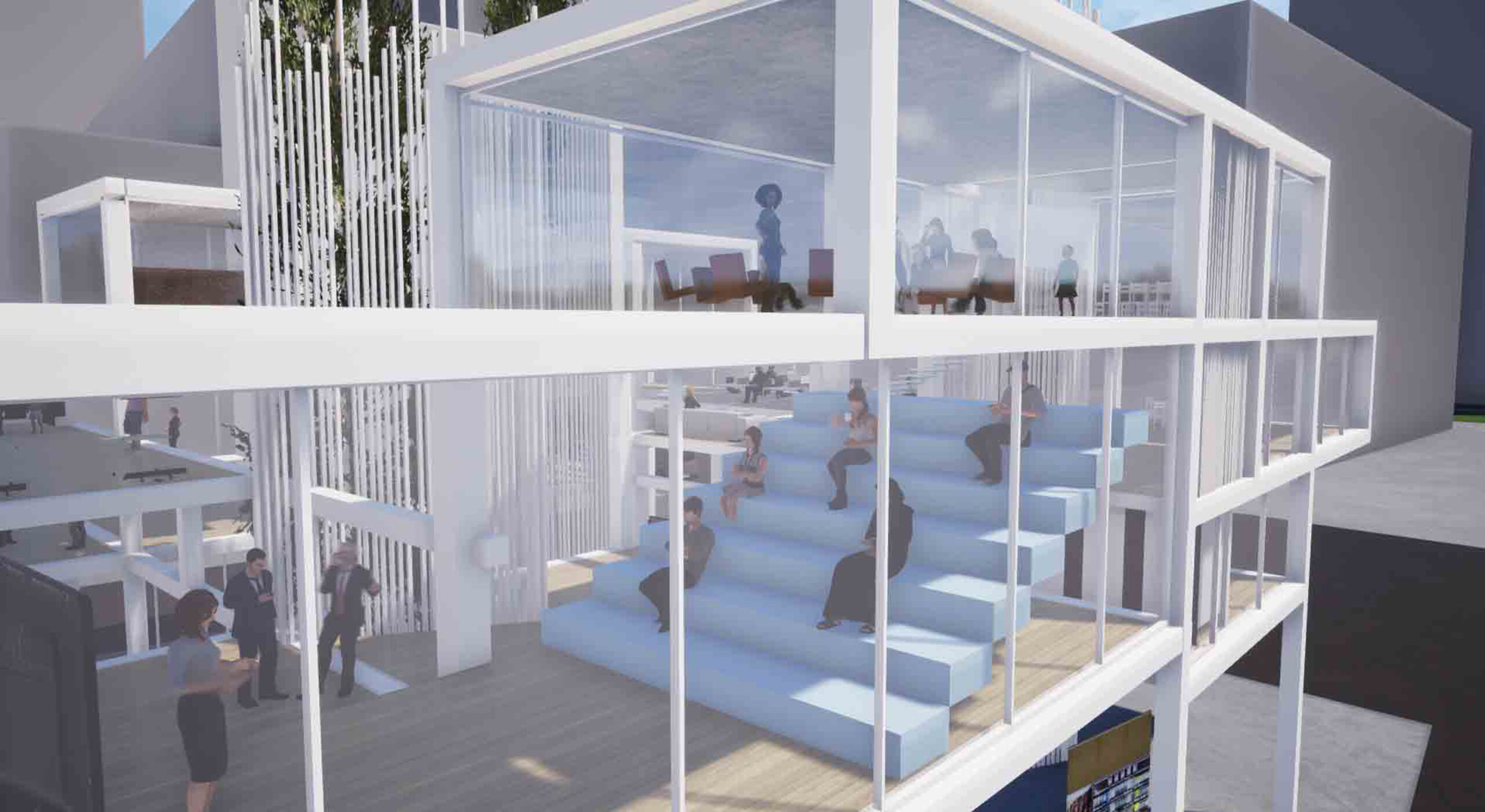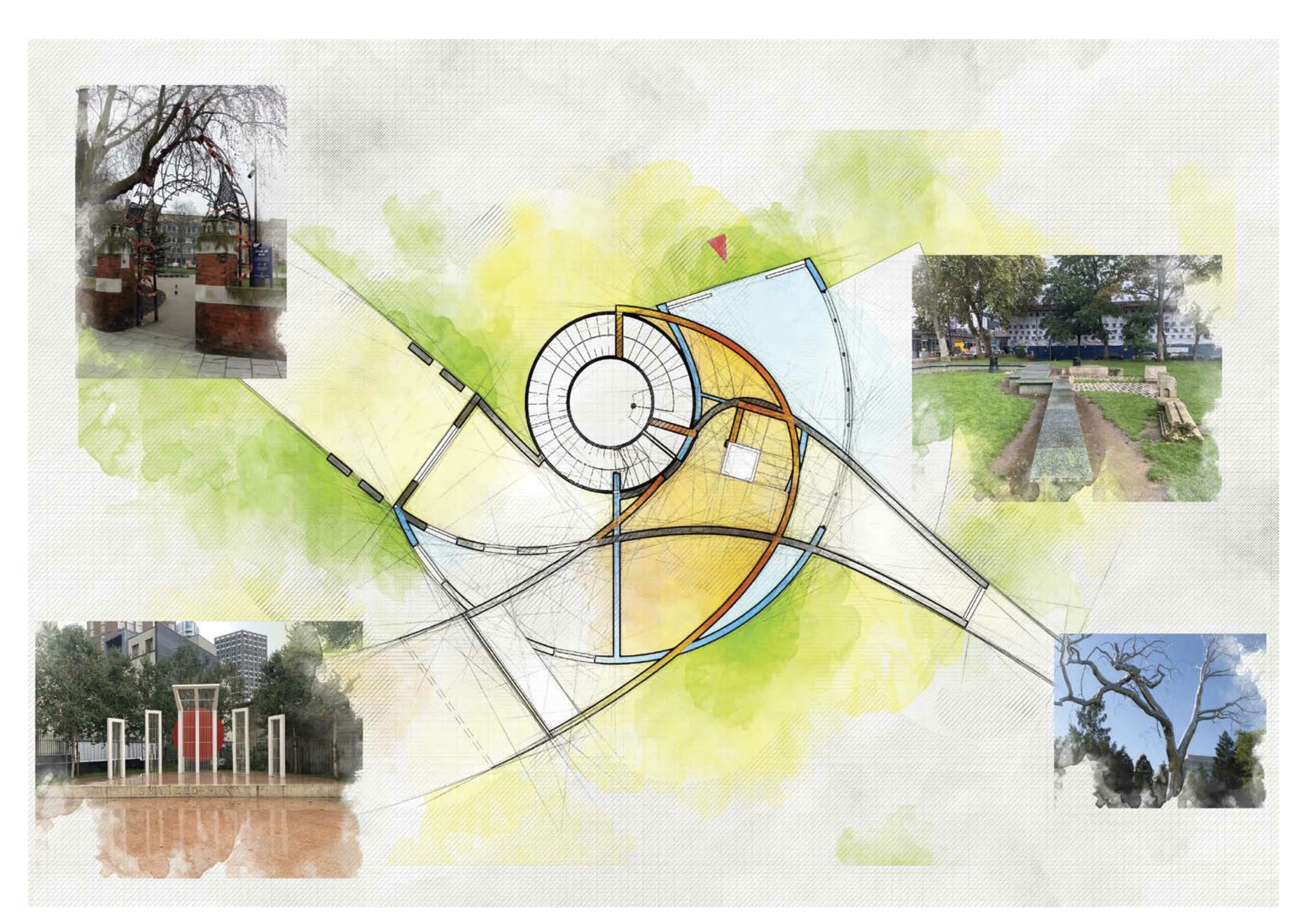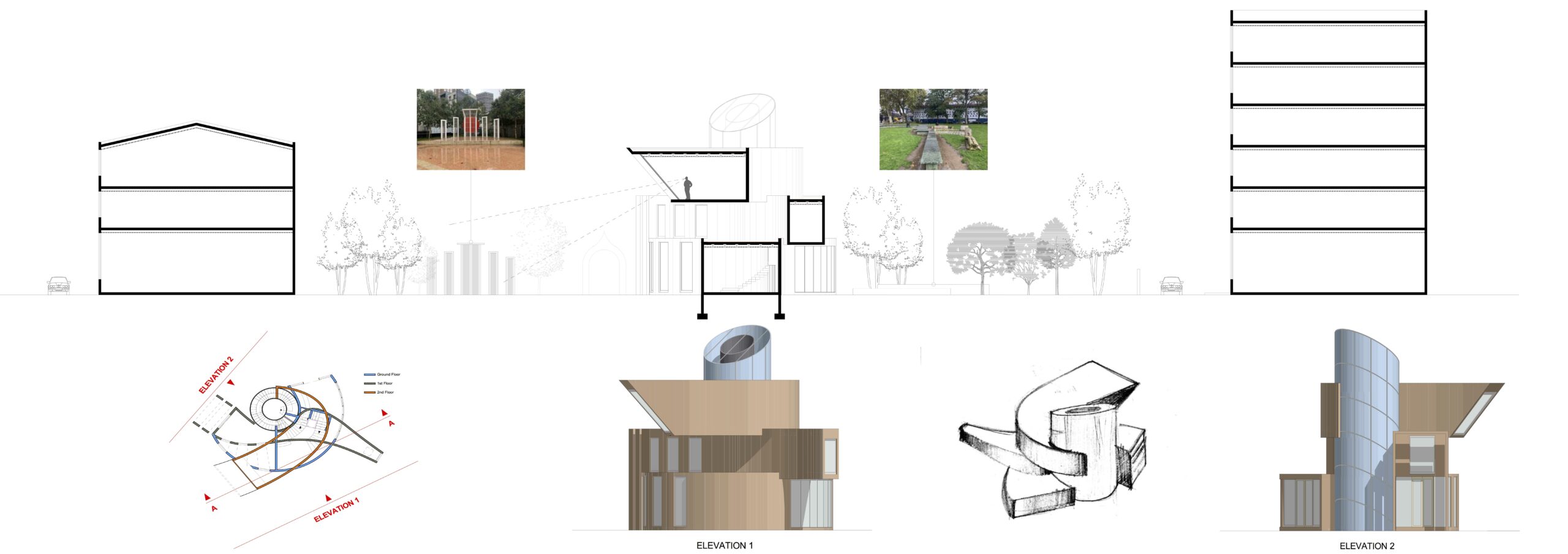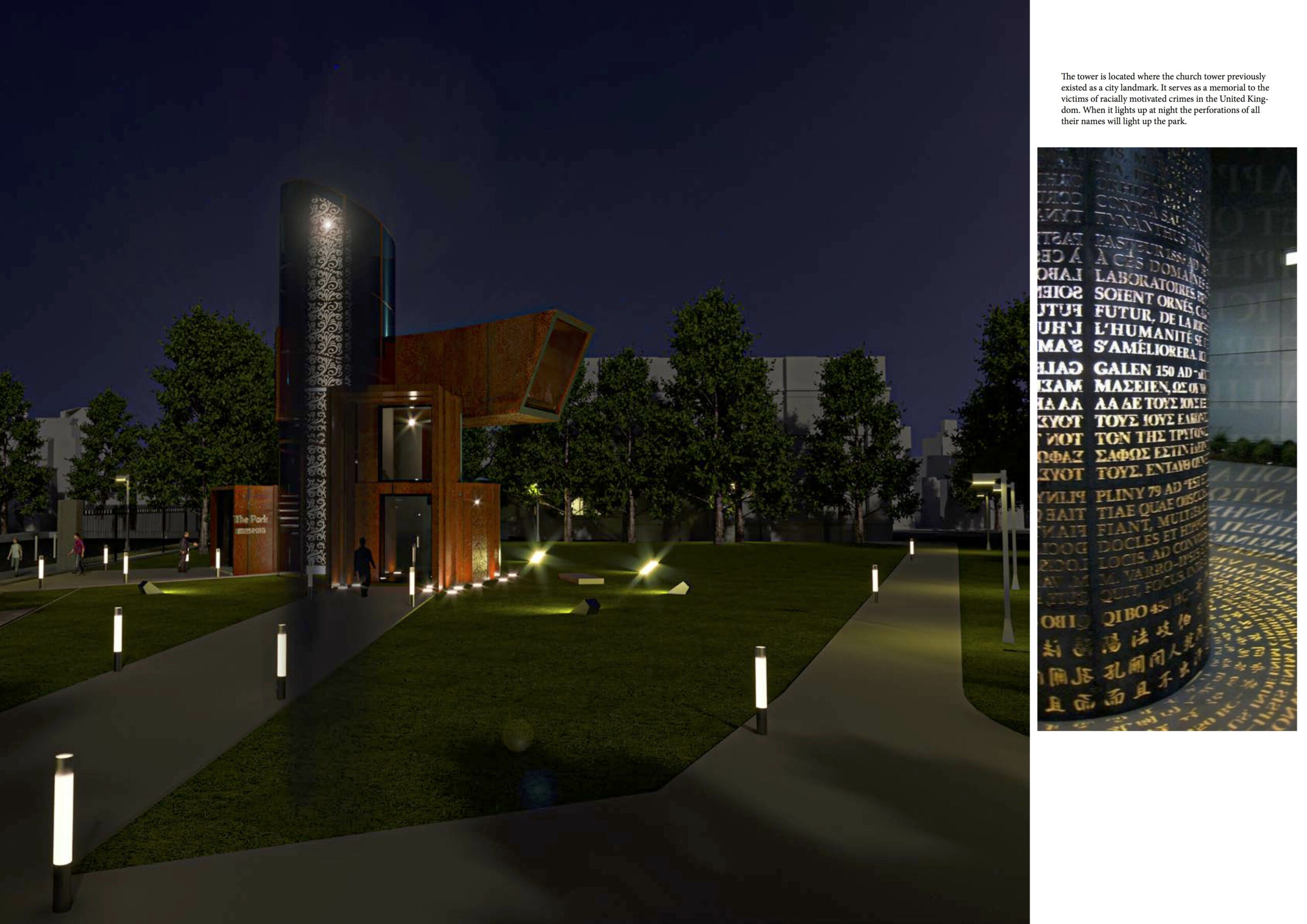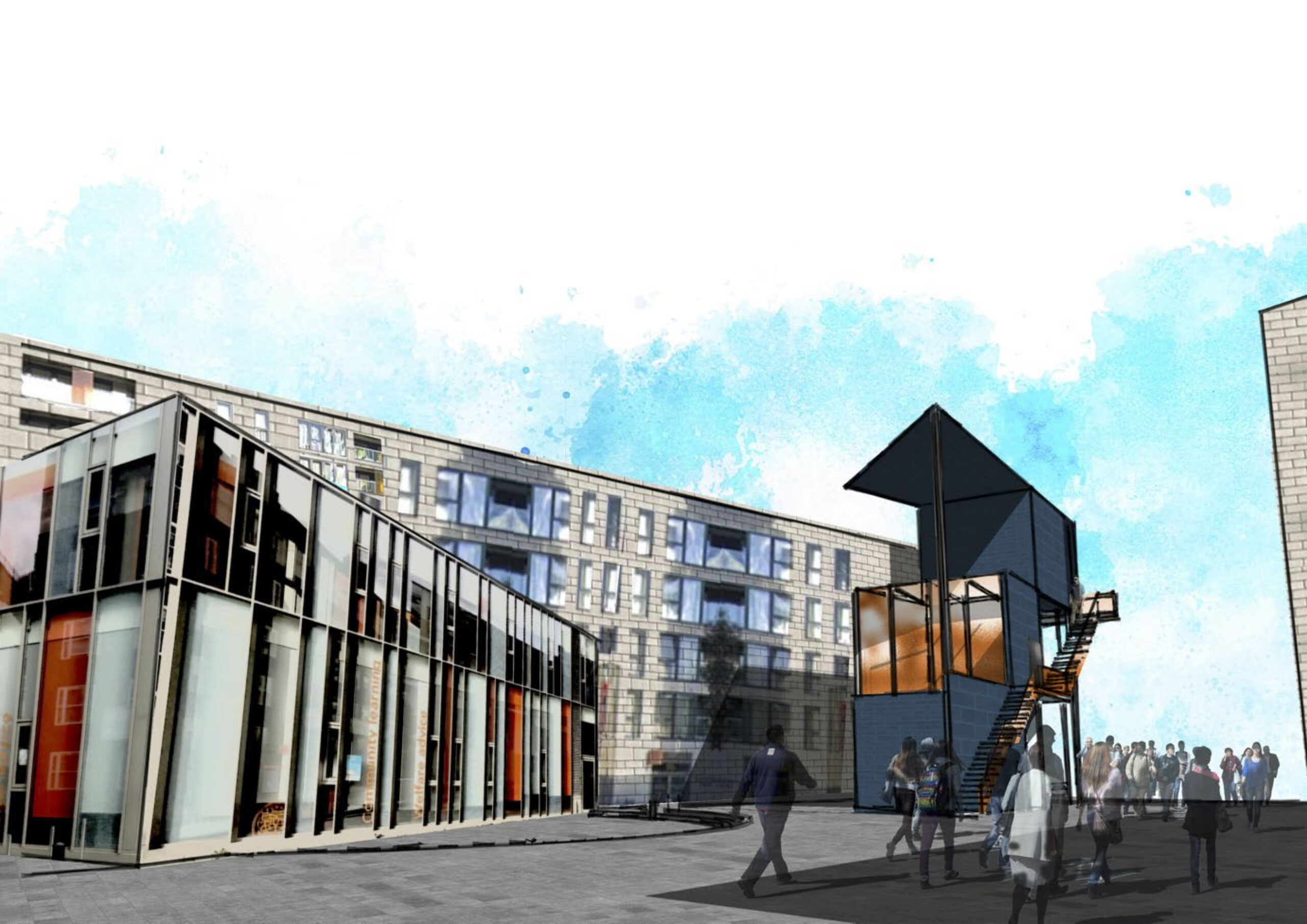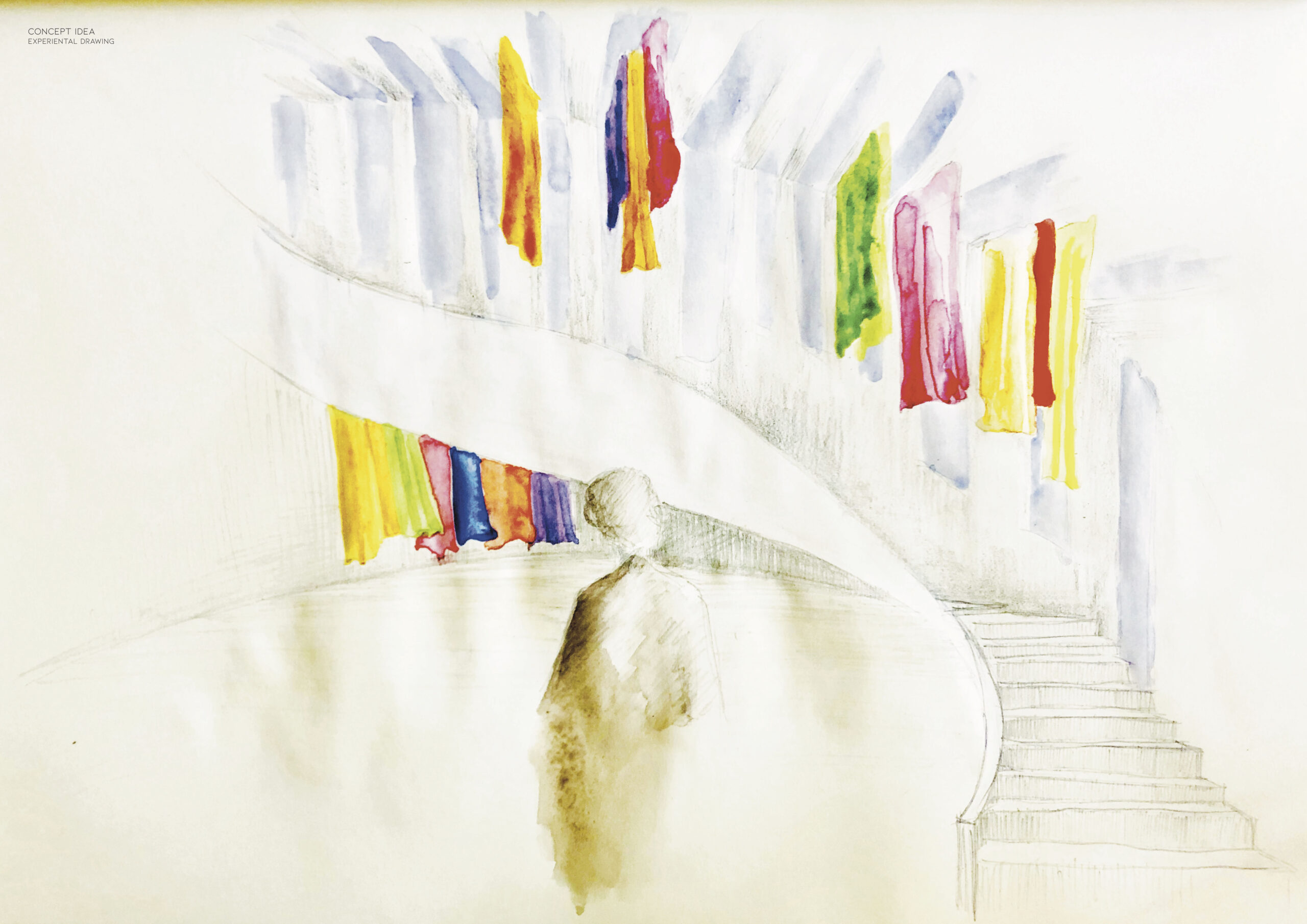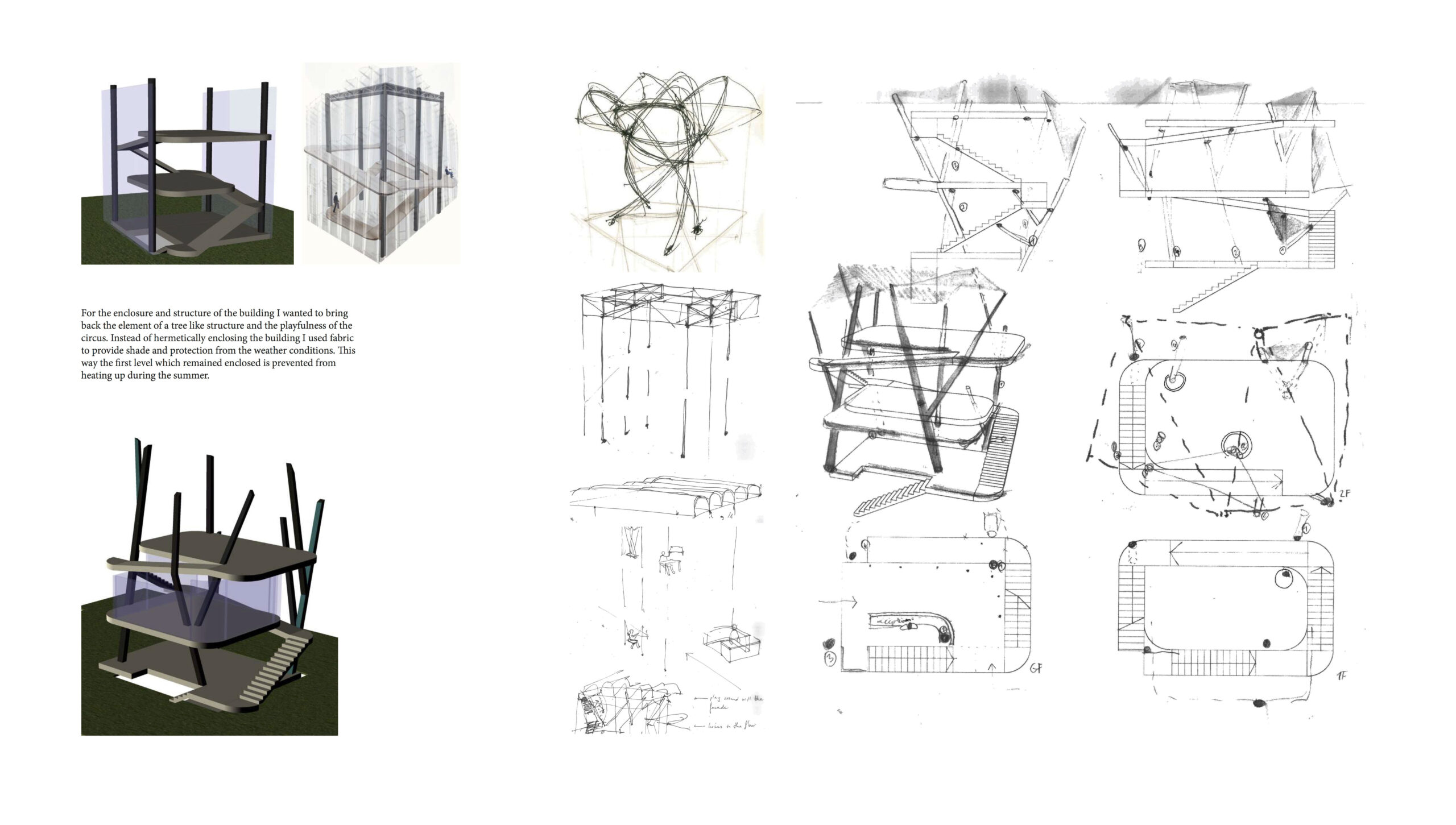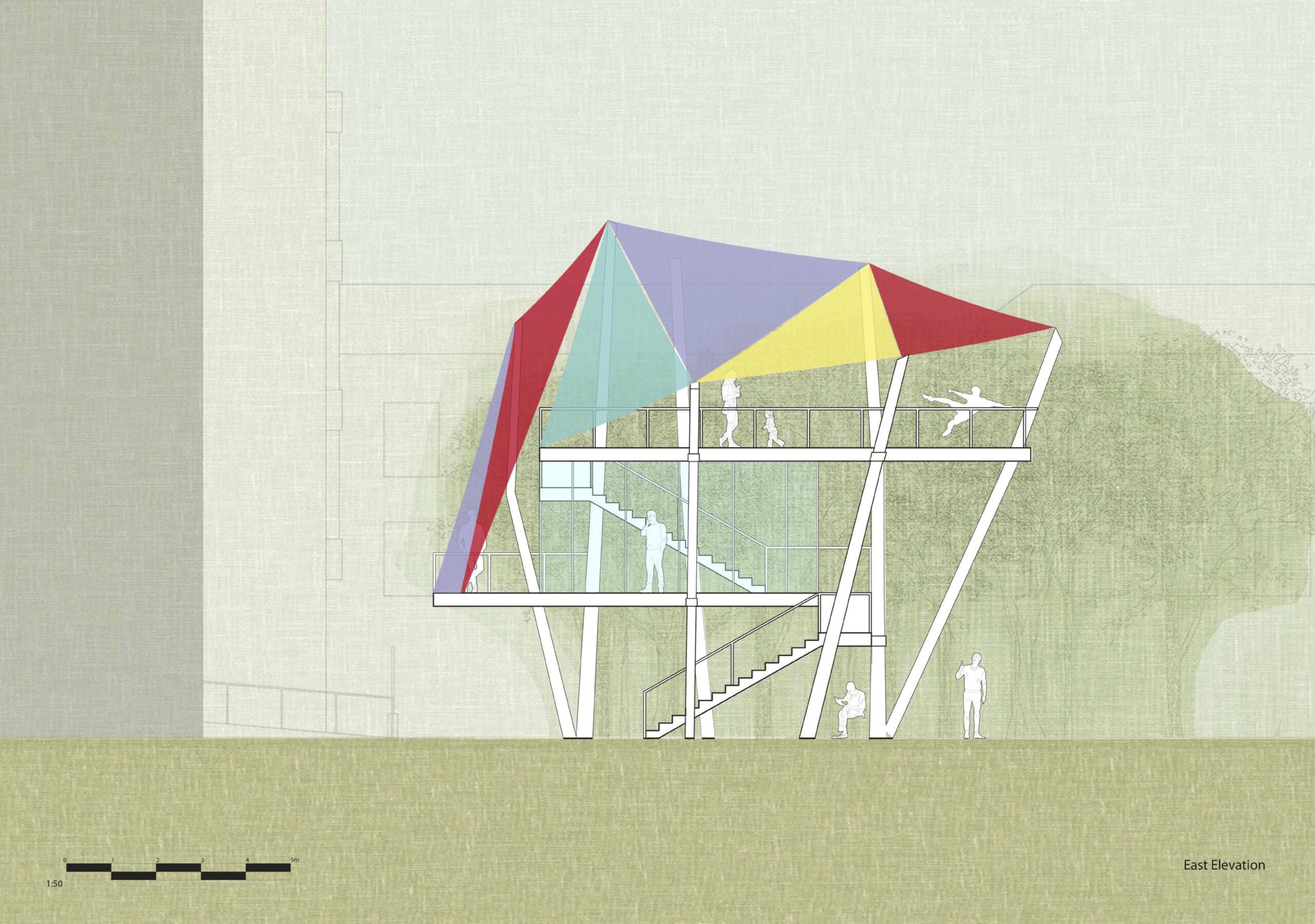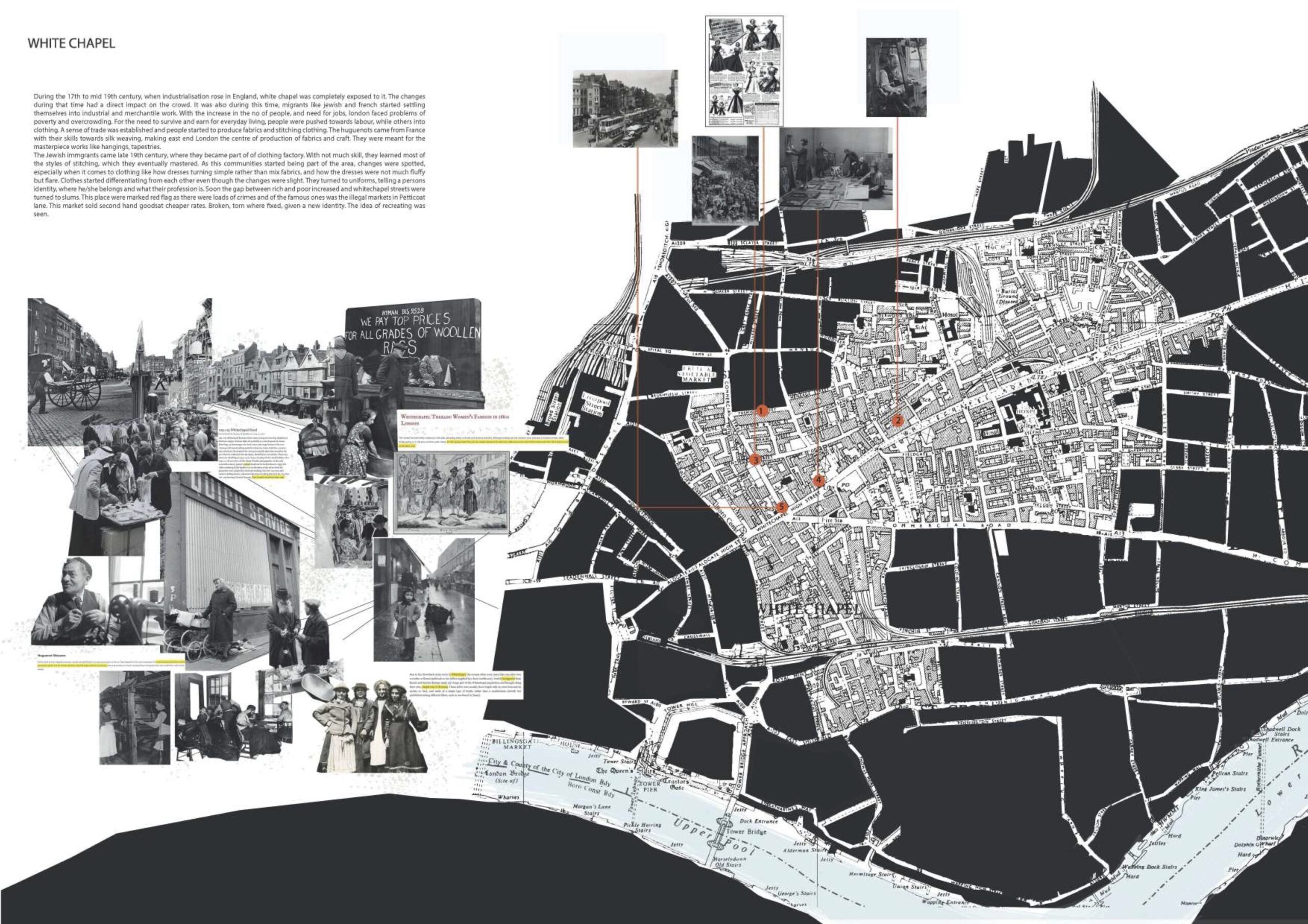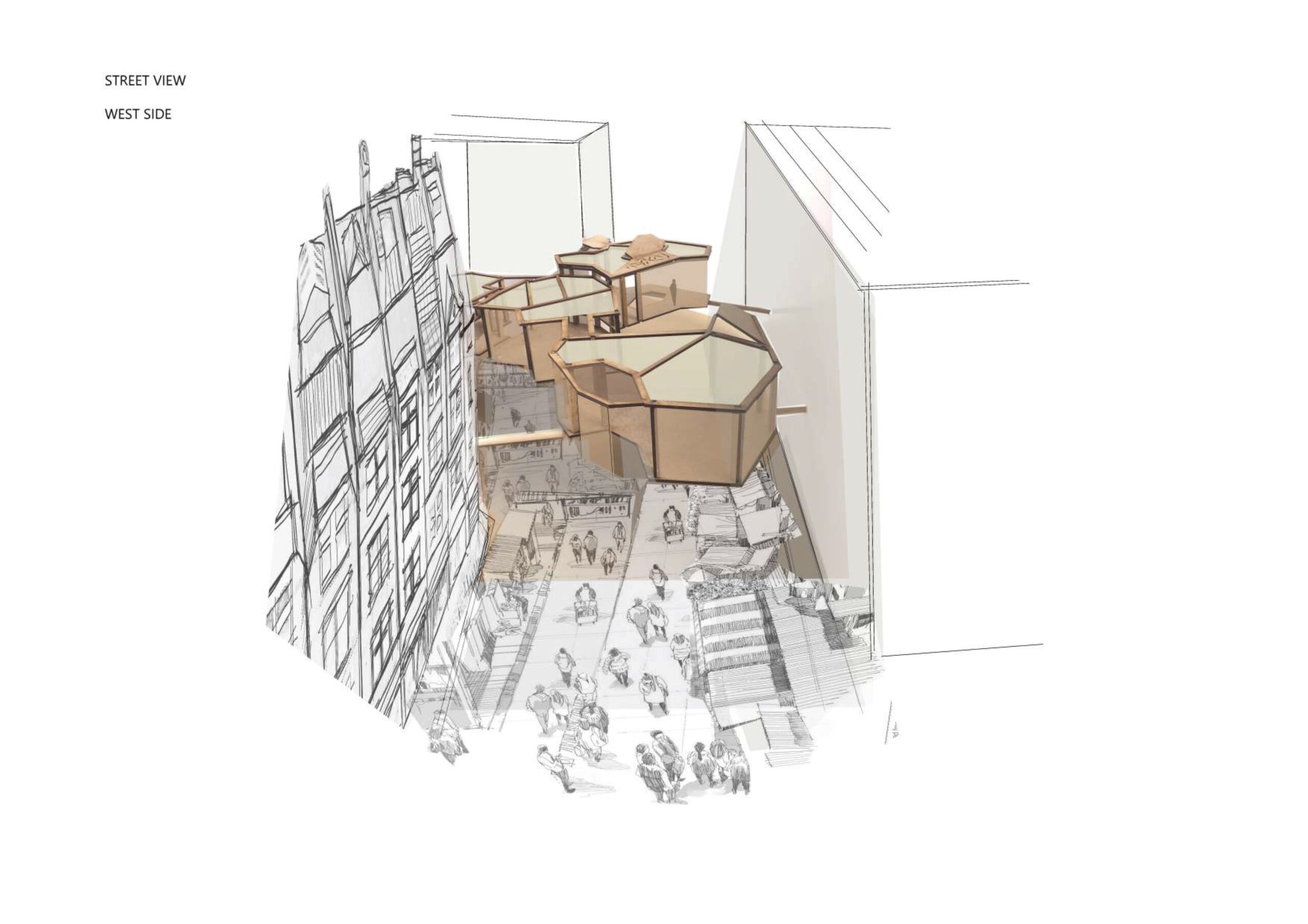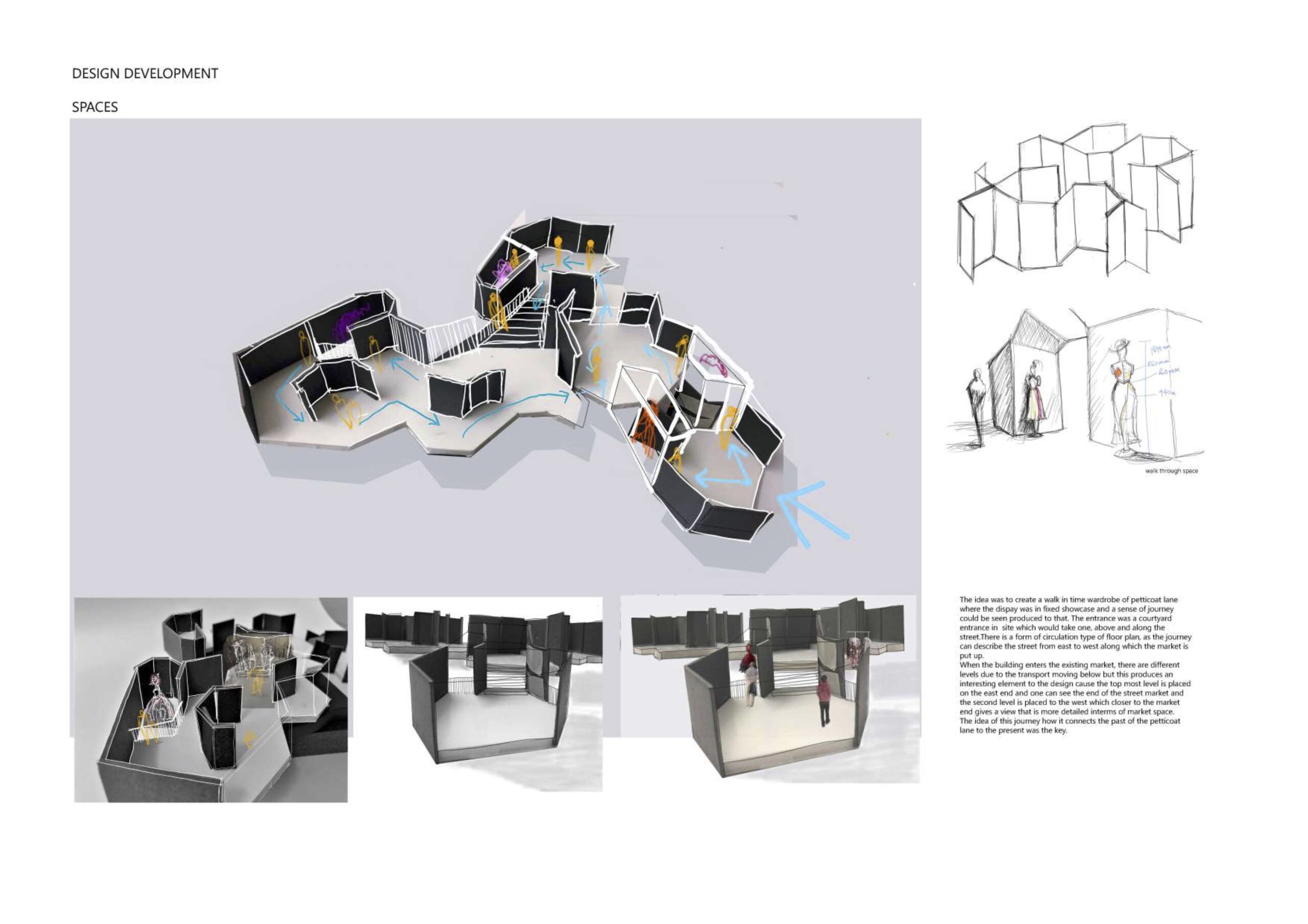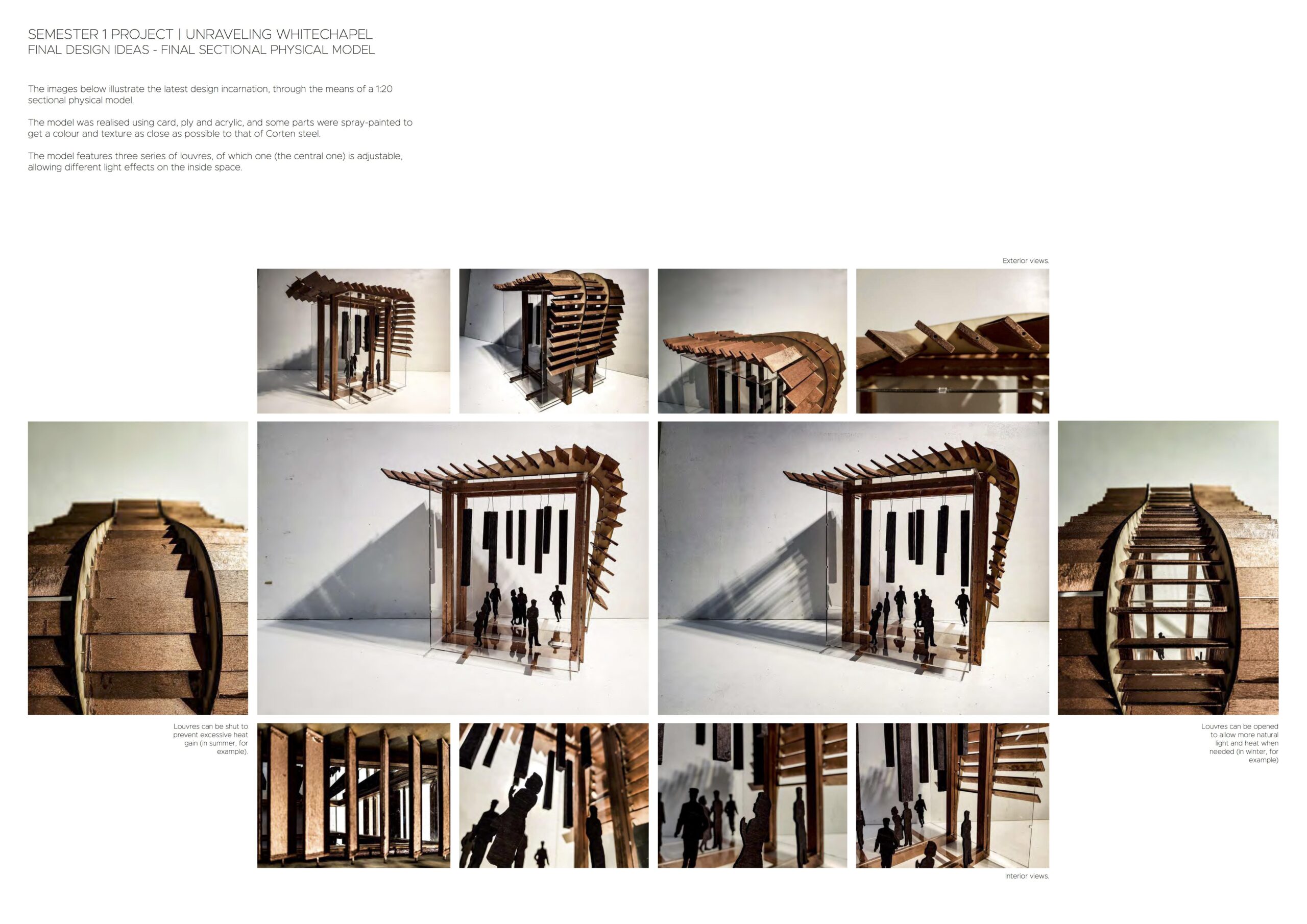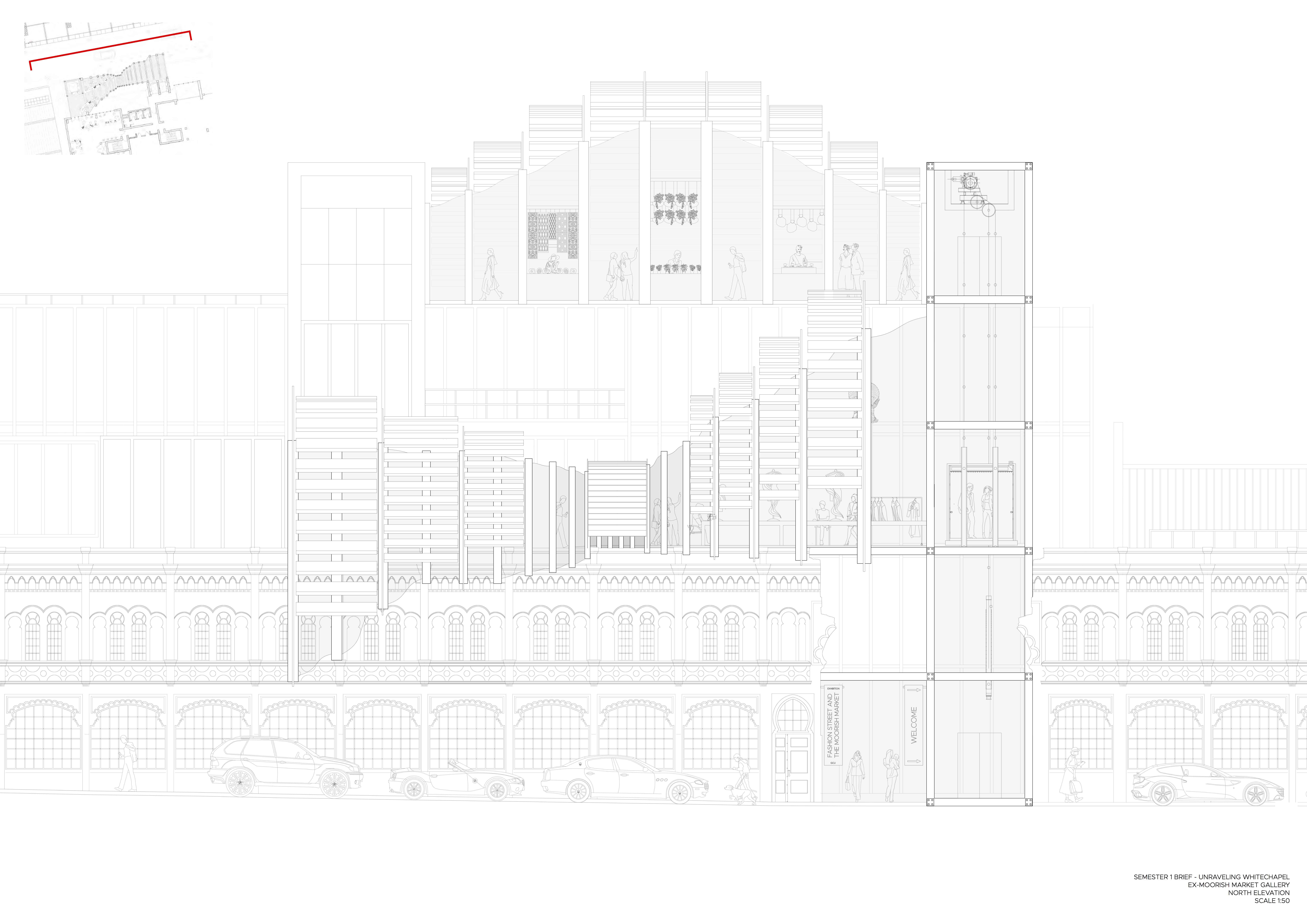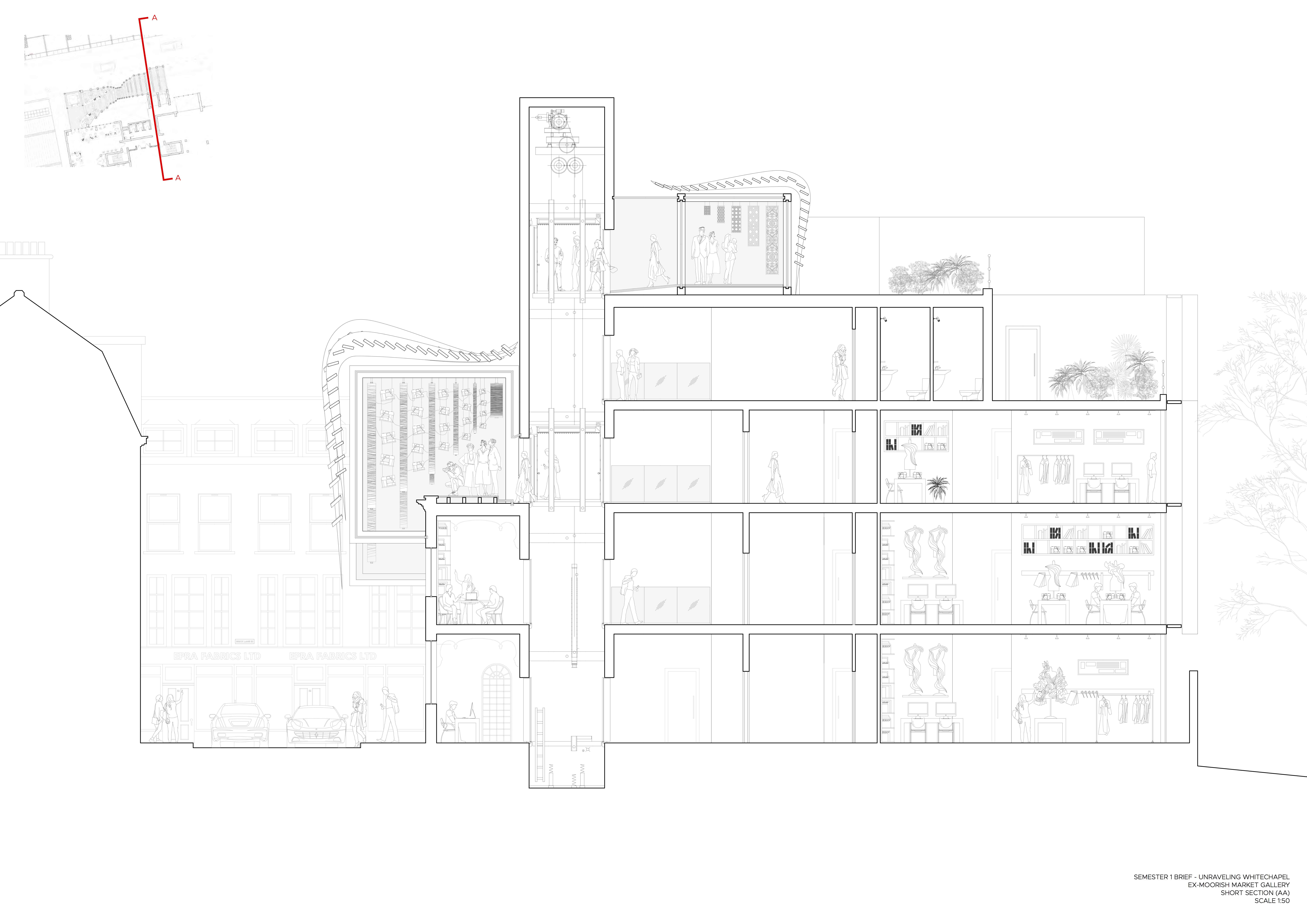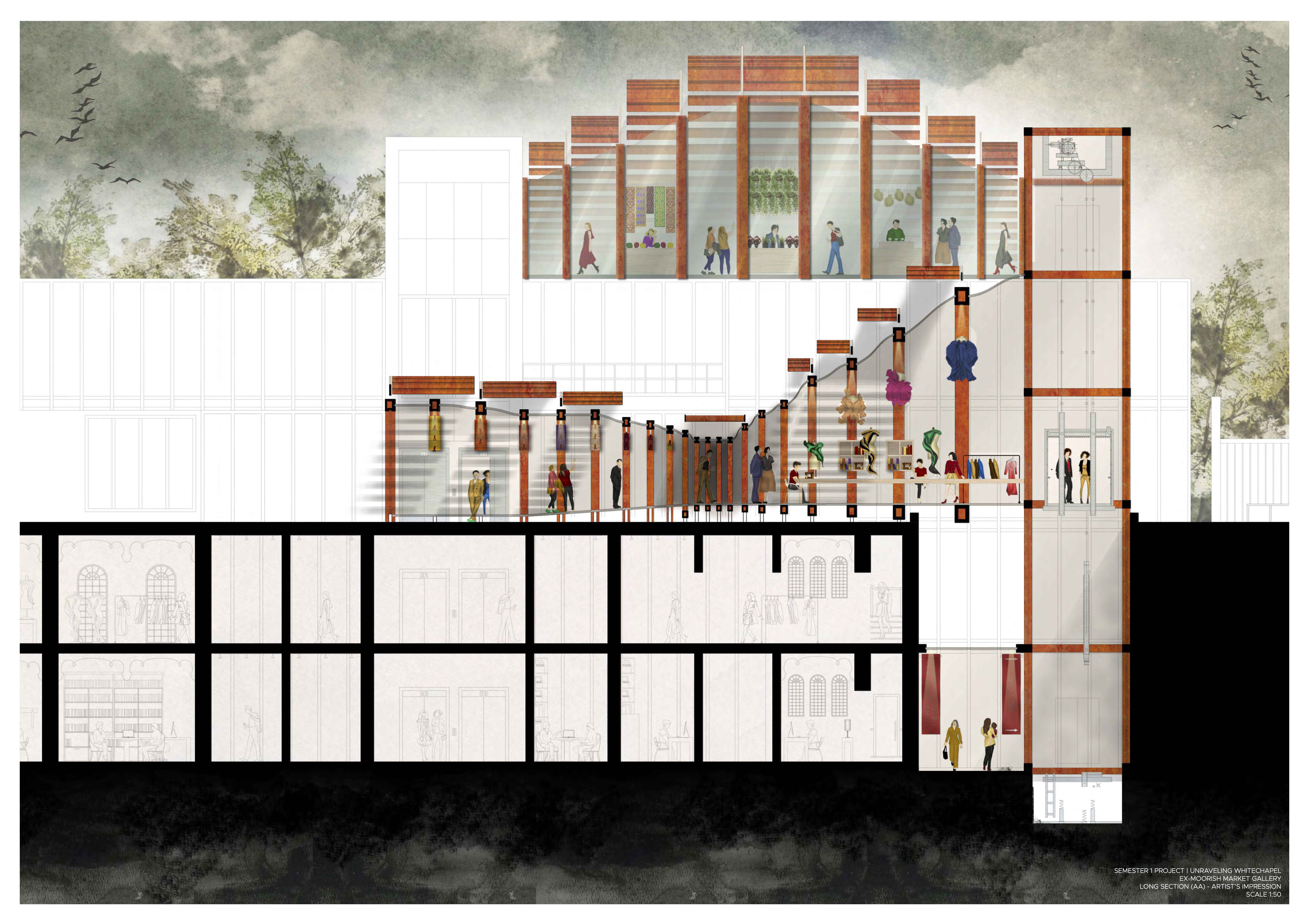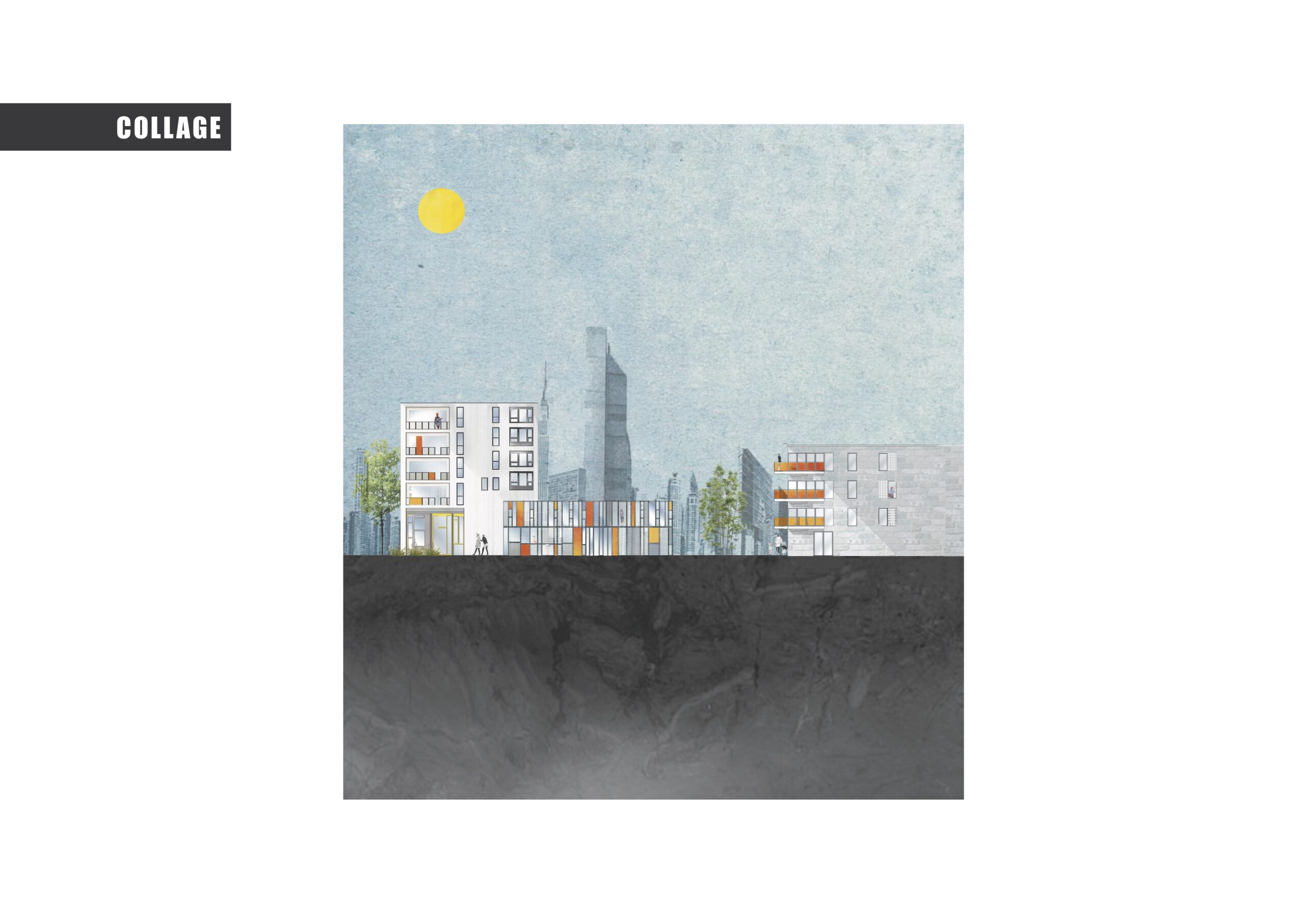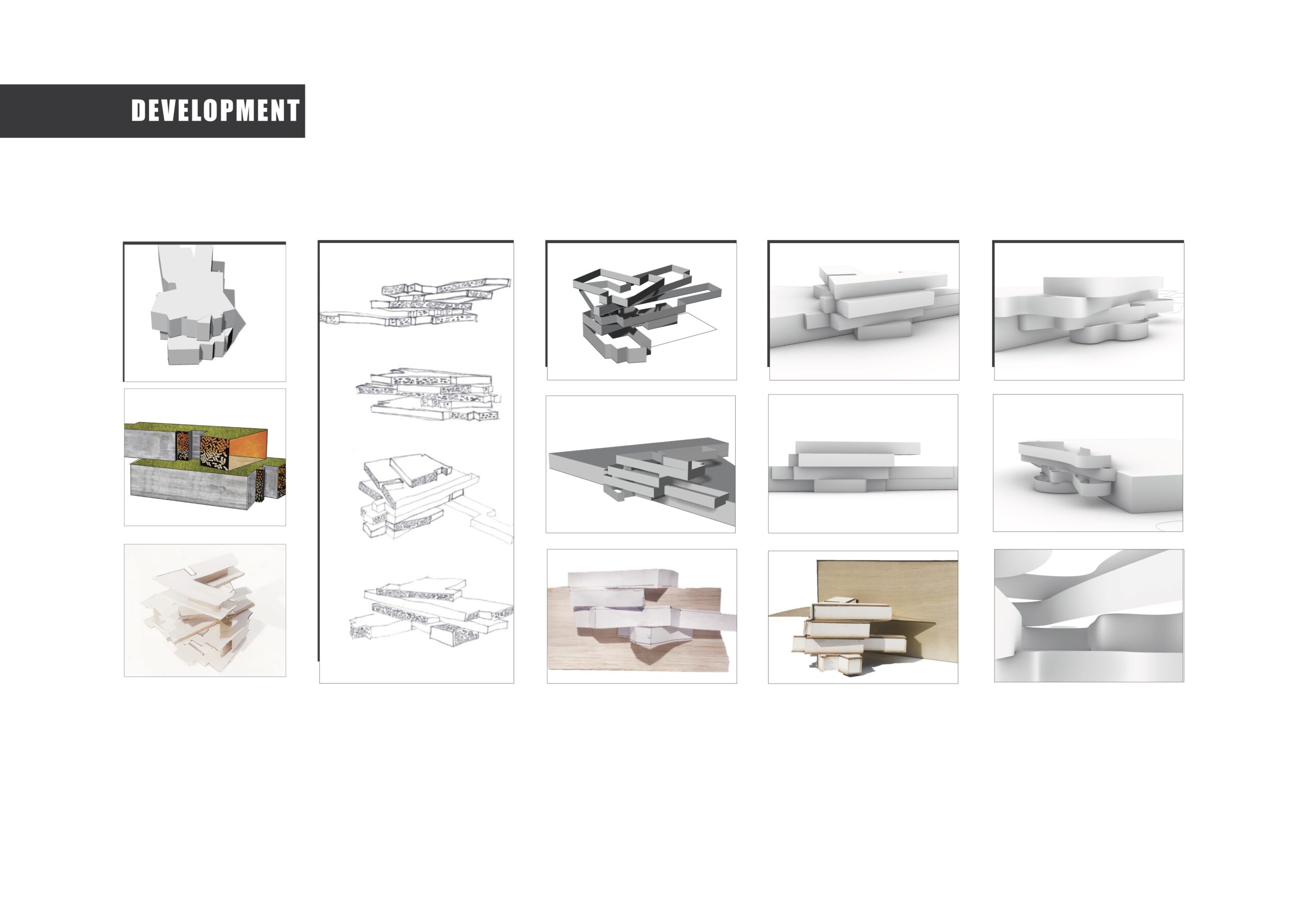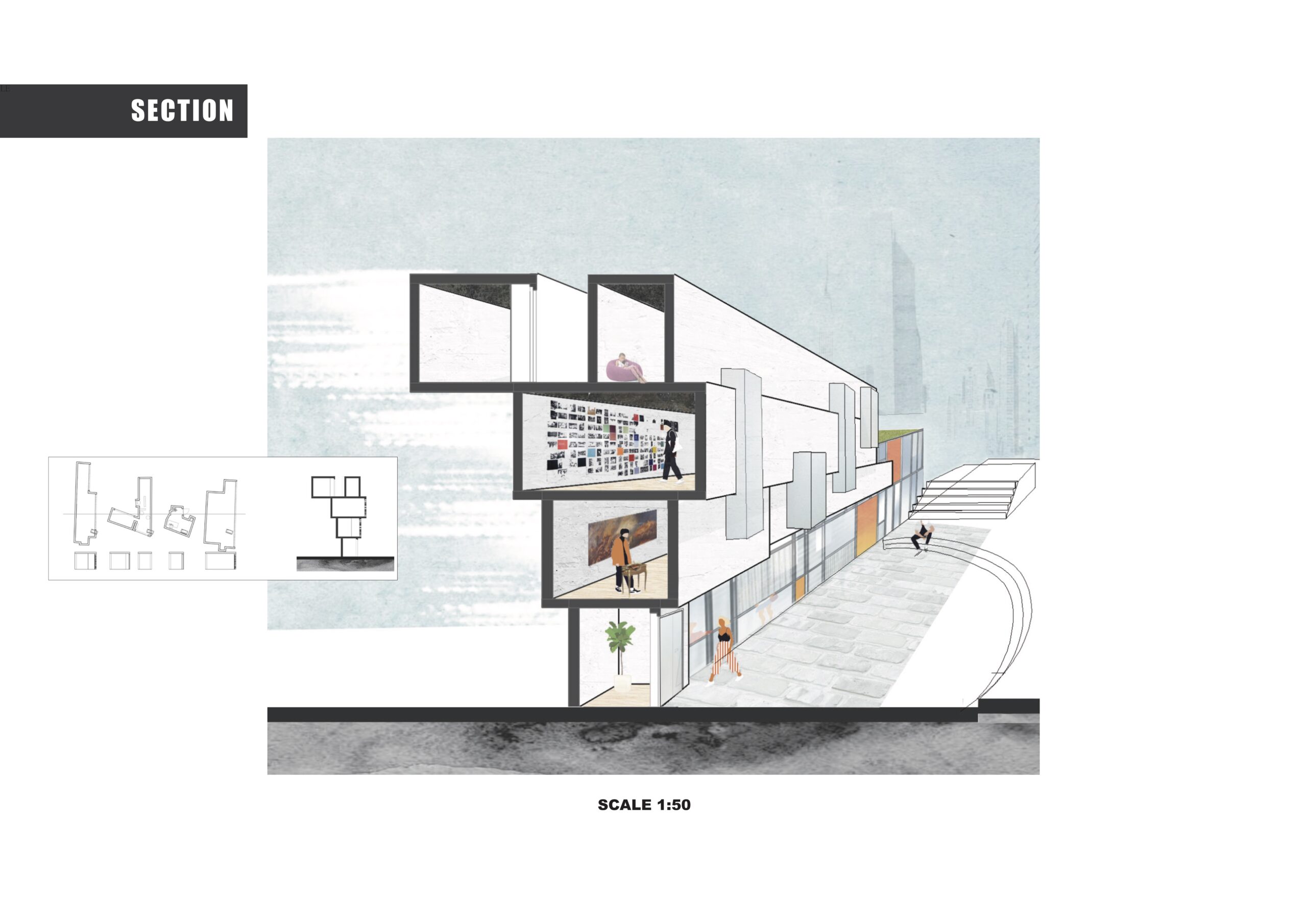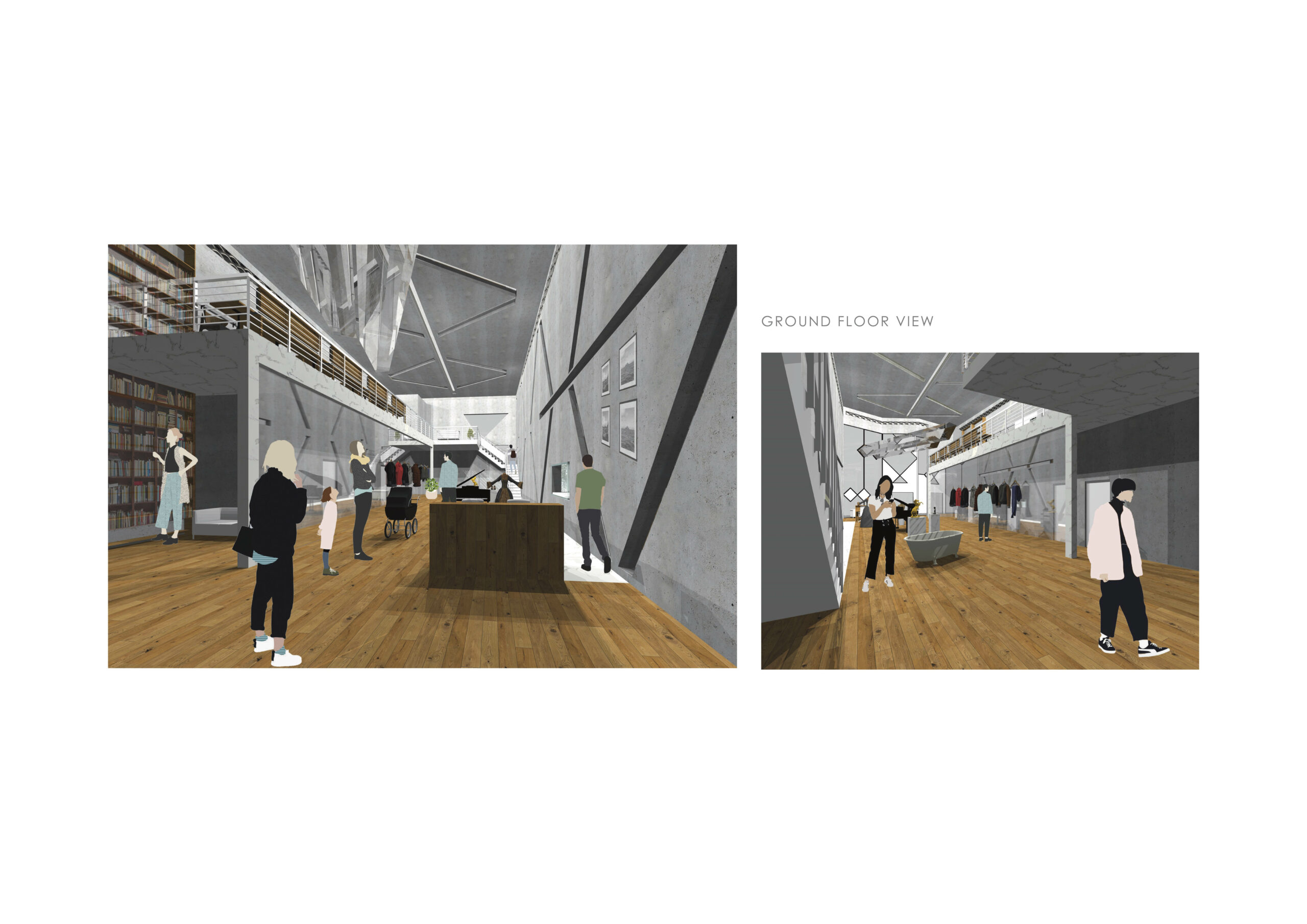Design Studio (Two) Three 2019-2020 ARCHIVE
YEAR TWO – DS2.3
Tutors: Shahed Saleem & Michael Rose
Shahed Saleem (lead tutor) is a practicing architect and academic. His research interests are in the social and personal narratives that inform architecture and place-making, as well as in the connections between architecture and heritage, belonging and nationhood.
Michael Rose graduated from the AA School of Architecture in 1971, and has been teaching architecture for over forty years. His interests lie in how architecture can enhance human experience and well-being, and how it can celebrate the multi-cultural richness of the society we inhabit.
Buildings and cities are made up from layers of stories, memories and histories. Buildings are containers of peoples’ narratives, the lives they have lived and the events that have happened to them and around them. The city, and its architecture, therefore, is the layering of a dense network of different stories which cross over, intersect and overlap. What are these stories, how do we find out about them, what is their value to us now, and how do we use them in the present and the future?
In this studio explore how to unpack the hidden histories and stories contained within buildings and places, and how to design in a way that creatively enables the stories that the students find to engage with the here and now. We think about how we remember the past, what makes this past relevant and significant, and how do we deal with it in the present and for the future.
The students are asked to think about history not as fact or truth, but as a series of stories that have been constituted piece by piece over time, and have been inscribed into the city, its spaces, and its architecture. They are required to build strong narratives for their projects through research, observations and making, and develop briefs that are specific to their lines of enquiry and interests. Designing their own brief from a strong narrative base, will be as important as designing the buildings.
UNRAVELING WHITECHAPEL
We are part of the East End. But there are so many, many, many, many other things and other people that have passed through the East End. It is that great sort of lively melting pot, and not all of it’s good. There’s the good and the bad. But it’s a sort of – it’s a melting pot of things and energy and goings on, as it were. I mean, I love it. I prefer the East End to the West End because the West End is too much money and too much Disney, you know? And it’s all too smart and too nice. The East End is just loads and loads of different ordinary people just trying to carve out a life…. There’s a sort of an energy in that, isn’t there, really, that just keeps it alive?
Alan Hughes, interviewed for the Survey of London Histories of Whitechapel https://surveyoflondon.org/map/feature/155/detail/#story
The students are to identify a part of Whitechapel’s history that is of particular interest to them. This history should be accessed, to start with, through buildings or other sites in the area; in this way the fabric of the city is the gateway to a historical narrative. They are invited to use the Survey of London’s Histories of Whitechapel website as a starting point to access the stories of Whitechapel. The students are to think of ‘history’ as a series of overlapping stories that are told in different ways; through architecture, objects, people, writing, documents, social media, photographs, films, memories. It is up to them to explore the diverse ways in which histories of place are recorded and told.
The design project for the semester is for a building that narrates the story of Whitechapel that the students explore, uncover, and unravel. The building will tell the story in the way that the students think best suits the stories that they tell – it might be through objects, film, spoken word, music, displays, theatre, and/ or a mixture of media. They are to be inventive and thoughtful in making the connection between the narrative and the way in which the story is told.
The building will be 4.5m x 10m x 9m high, and can be sited anywhere in Whitechapel – in a park, above a road, on top of a building, hanging off a building etc. It is up to the students to find an inventive and appropriate location; think about how the building relates to its site and to the exterior. Is the display experienced from the outside, from a street/ a park/ another building. Does the building offer views to Whitechapel as part of its display.. etc.
During my eight years of going to the Keskin’s for supper I was able to squirrel away 4,213 of Füsun’s cigarette butts. Each one of these had touched her rosy lips and entered her mouth, some even touching her tongue and becoming moist, as I would discover when I put my finger on the filter soon after she had stubbed the cigarette out; the stubs, reddened by her lovely lipstick, bore the unique impress of her lips at some moment whose memory was laden with anguish or bliss, making these stubs artefacts of singular intimacy.
Orhan Pamuk, The Museum of Innocence
This project is an opportunity to re-think what history is. What stories are remembered, who records them, how are they narrated, why, and who is the audience. How do otherwise ordinary objects, building and places, become invested with meaning.
There is no correct way of making or telling history, the stories are for the students to find, and the narratives are for them to put together, in whatever way they want. This is their version of Whitechapel’s history.










